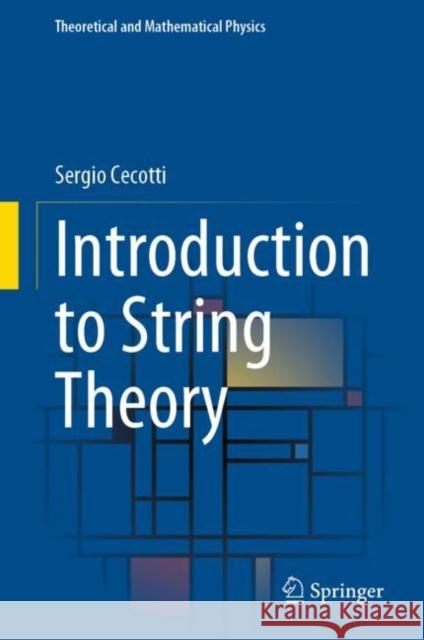Introduction to String Theory » książka
topmenu
Introduction to String Theory
ISBN-13: 9783031365294 / Angielski / Twarda / 2023 / 796 str.
Kategorie:
Kategorie BISAC:
Wydawca:
Springer International Publishing AG
Seria wydawnicza:
Język:
Angielski
ISBN-13:
9783031365294
Rok wydania:
2023
Ilość stron:
796
Wymiary:
23.5 x 15.5
Oprawa:
Twarda
Dodatkowe informacje:
Wydanie ilustrowane











